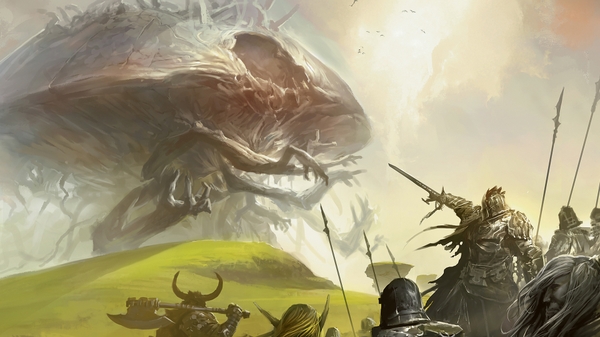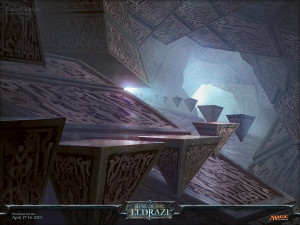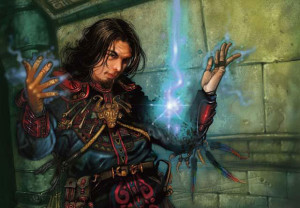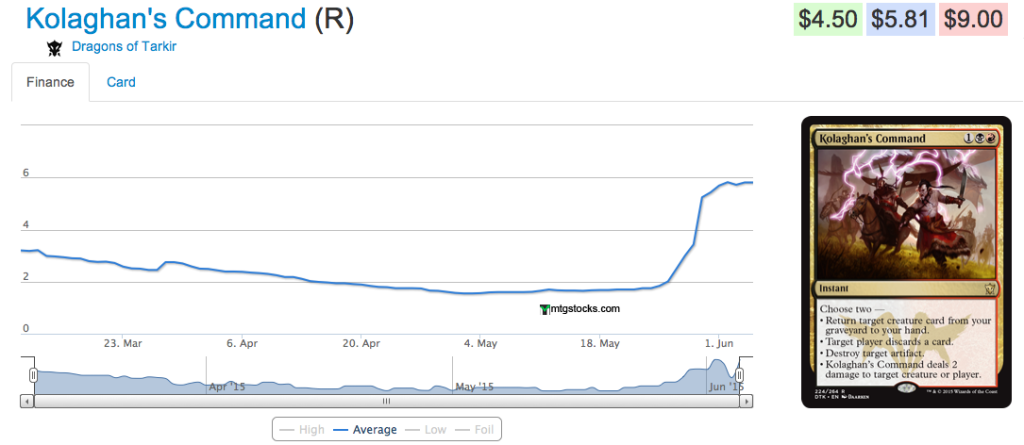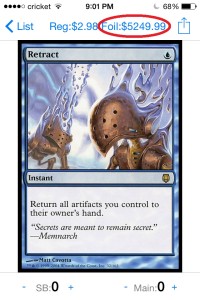By James Chillcott (@MTGCritic)
One of the most common misconceptions about folks involved in MTGFinance is that we are constantly manipulating the market and feeding players misinformation to help fuel achievement of our personal goals.
It has occurred to us at MTGPrice that though we dole out a good deal of advice, most of you ultimately have very little insight into when and why our writing team actually puts our money where our collective mouths are pointing. As such running this weekly series breaking down what we’ve been buying and selling each week and why. These lists are meant to be both complete and transparent, leaving off only cards we bought for personal use without hope of profit. We’ll also try to provide some insight into our thinking behind the specs, and whether we are aiming for a short (<1 month), mid (1-12 month), or long (1 year+) term flip. Here’s what we we’ve been up to this week:
Buying Period: June 1st – June 7th, 2015
Note: All cards NM unless otherwise noted. All sell prices are net of fees unless noted.
James Chillcott (@MTGCritic)
BOUGHT
Modern Mid-Term Plays
- 4x Modern Masters 2015 Booster Box (Japanese) @ $300/per
- 6x Mutavault @ $9/per
- 4x Leyline of Sanctity (MM2, Japanese) @ $16/per
- 5x Leyline of Sanctity (MM2) @ $12
- 1x Emrakul, the Aeons Torn @ $23
- 1x Dark Confidant (MM2, Foil) @ $76
- 1x Monastery Mentor @ $12
- 1x Noble Hierarch (MM2) @ $34
- 4x Scavenging Ooze (DOTP Promo Foil) @ $5/per
- 4x Siege Rhino (foil) @ $15/per
- 1x Eidolon of the Great Revel @ $18
- 3x Dark Confidant (MM2) @ $39
- 13x Abrupt Decay @ $11
- 1x Soulfire Grant Master (Russian) @ $9
- 1x Polluted Delta (foil) @ $70
- 8x Olivia Voldaren @ $7/per
- 1x Cryptic Command @ $29.50
- 4x Storm Entity (Foil) @ $1.25/per
The theme here is that I believe we’re at the bottom for MM2 rares and mythics that see high levels of play in Modern. With Jund back on the radar, Dark Confidant seems particularly underrated around $40, and I can easily see it regaining ground along with Cryptic Command, Noble Hierarch, Emrakul, and Leyline of Sanctity, as head into the end of the year. Scavenging Ooze, Monastery Mentor, Abrupt Decay, Eidolon of the Great Revel and Siege Rhino foils are all cards that should show strong appreciation over the next year and the rest of this list is mostly made up of underpriced foils that will be good components in a future P9 trade deal.
Standard Fall Rotation Plays
- 1x Wingmate Roc @ $3
- 4x Den Protector @ $5
These were mostly add-ons to other deals, but they’re both cards I feel have a good shot at gaining value in my trade binder this fall based on their demonstrated power level in Standard so far this season.
Casual/EDH Mid to Long Term Plays
- 1x Ephara, God of the Polis @ $3
- 2x Umezawa’s Jitte @ $25
- 2x Mogis, God of Slaughter @ $3.50/per
As seen in earlier weeks, I’m still snagging Theros gods here and there under $5, with the full expectation that they will end up as $10+ cards on casual demand alone within about 2 years. That’s not the best return profile in my card portfolio, but I’m generally comfortable with long term double ups due to ready availability of deployable capital. Jitte can easily be outed on Pucatrade for $35, so that was an easy grab.
SOLD (Pucatrade):
- 1x Command Tower (Judge Foil) @ $35 ($20 cost)
This was a good value trade up as I continue to build Pucapoints towards a P9 deal.
Jared Yost
BOUGHT
- 2x Tasigur, the Golden Fang (prerelease foil) @ $25/per
- 2x Tasigur, the Golden Fang (foil) @ $27/per
- 4x Monastery Mentor (foil) @ $40/per
Jared says:
“I’ve been talking about foil Tasigurs and Mentors for a while and decided that now, since everyone is hyping up MM15, is the time to move in on them.
Tasigur is currently one of the most played cards in Modern with about 20% of all decks playing an average of two copies. He also is played in Legacy Grixis Delver lists, which should also help the foil prices along for the future. Foils look great as pickups now.
Mentor is such a solid card all around. If you haven’t read my article on him, please do so because that sums up all my thoughts on why foils are very appealing. Also, Derek indicated that Mentors are becoming harder and harder to find in binders these days so it could mean that we might start seeing some upward mobility on the price soon.”
Douglas Johnson
Douglas says:
“If you’re a follower of this column, then you’ll notice my details have been absent lately. This is because instead of speculating on specific card prices and buying them up at full retail then waiting for them to go up, I am playing the role of local vendor in my area, providing me with the opportunity to acquire large lots at (or below) buylist prices. I then stock a local display case and sell cards at TCG low through Facebook or TCGplayer. If you’re interested in Magic finance as more than just a way to supplement your hobby and make actual money, this is definitely a good way to go about it if you can fill a gap in the local scene. In the pictures above, we have parts of a small collection that I picked up this past Thursday.
While I’d obviously prefer to move each of these cards to loving homes that will sleeve them up and jam them, I’m definitely more eager to move some cards over others. For example, the Lightning Bolts, Temples, and Polukranos are going on Facebook and being sold for practically buylist price, meaning I’ll only end up making a few cents on each after shipping costs. The real gems here are the Planeswalkers like Ugin, Sarkhan, and Narset, that will end up in my display case at the video game store where I used to be employed. The casual players that browse that case love Planeswalkers, so I’m always happy to pick up walkers in all of the collections that I buy, because I know they move fast. Similarly, I’ll definitely be looking to move the Blood Moon in there that just recently spiked last weekend, so that’s likely going on TCGplayer or Facebook.
All in all, buying collections and reselling them is definitely a safer investment than speculating on specific cards. While you don’t get the rush of winning as you watch the card go up, you can buy cards at a price where losing is almost impossible.”
Note: The rest of the guys were quiet so far this week.
Bonus Tips:
- Word on the street is that many dealers will have access to a limited number of MM2015 cases for at least a few more weeks before they’re cut off. As the majority of MM2 product has already been opened, I wouldn’t expect for key cards to fall further, but a couple of weeks out should be a sweet time to be picking up dirt cheap cards like Etched Champion, Remand and Electrolyze, along with any casual stuff you may need. If you’re willing to take a ride on some boxes, look for deals in the $190-$200 zone. I can still see them gaining $40-50/box before the end of 2015 once supply dries up, so it should be a solid play despite the known quality control issues.
- Many of the Modern cards that weren’t reprinted in MM2 are spiking hard, both in paper and online. Blood Moon is leading the pack and is a great card to be getting out of for strong profits if you were holding copies you aren’t using.
- There are some very good buying opportunities on MTGO right now with the MM2015 mythics and rares being at historic lows in many cases. Entry points are still attractive.
So there you have it. Now what were you guys buying and selling this week and why?
James Chillcott is the CEO of ShelfLife.net, The Future of Collecting, Senior Partner at Advoca, a designer, adventurer, toy fanatic and an avid Magic player and collector since 1994.
ADVERTISEMENT: Get the Cube Starter Bundle with the 3rd Edition Grimoire Deck Box, the brand new Grimoire Deck Box designed specifically for the red mage in you.
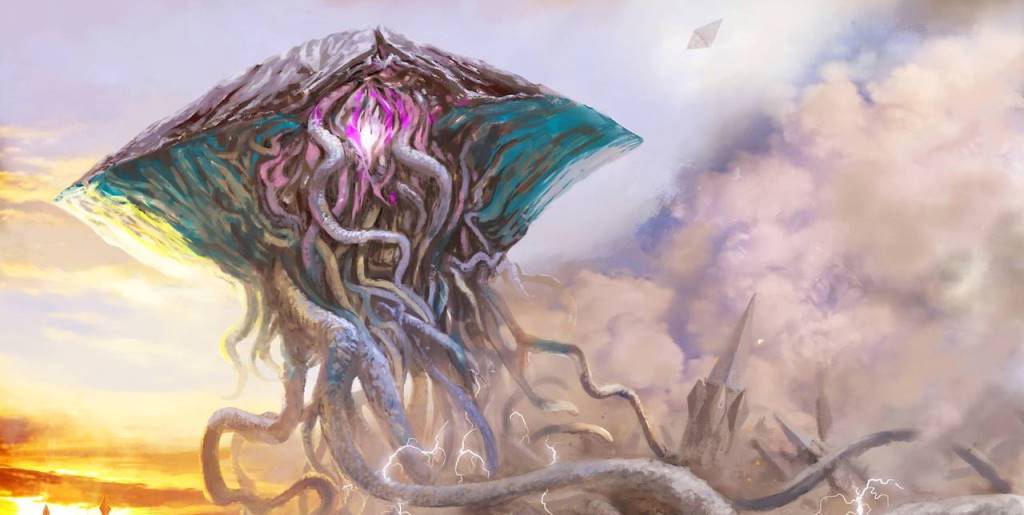
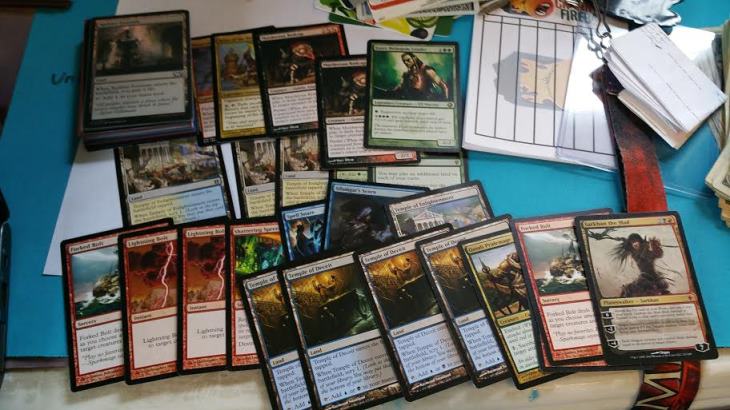
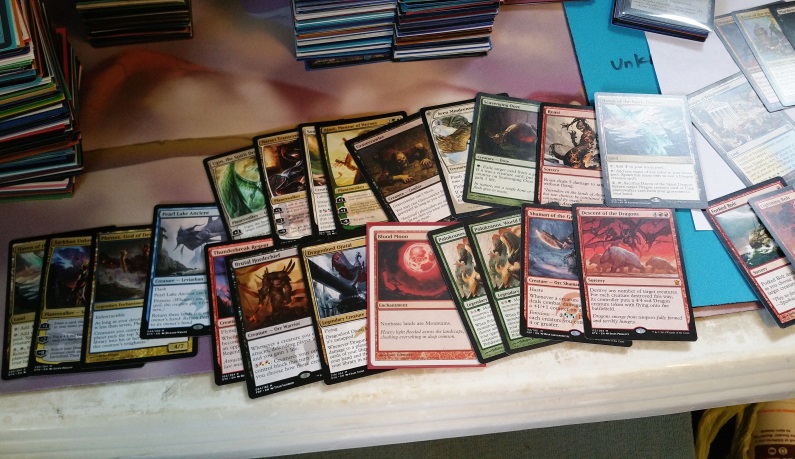

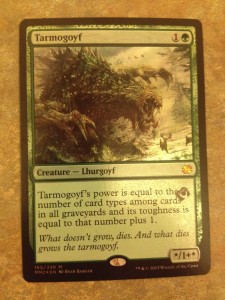
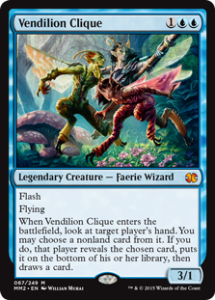 Procession
Procession 
